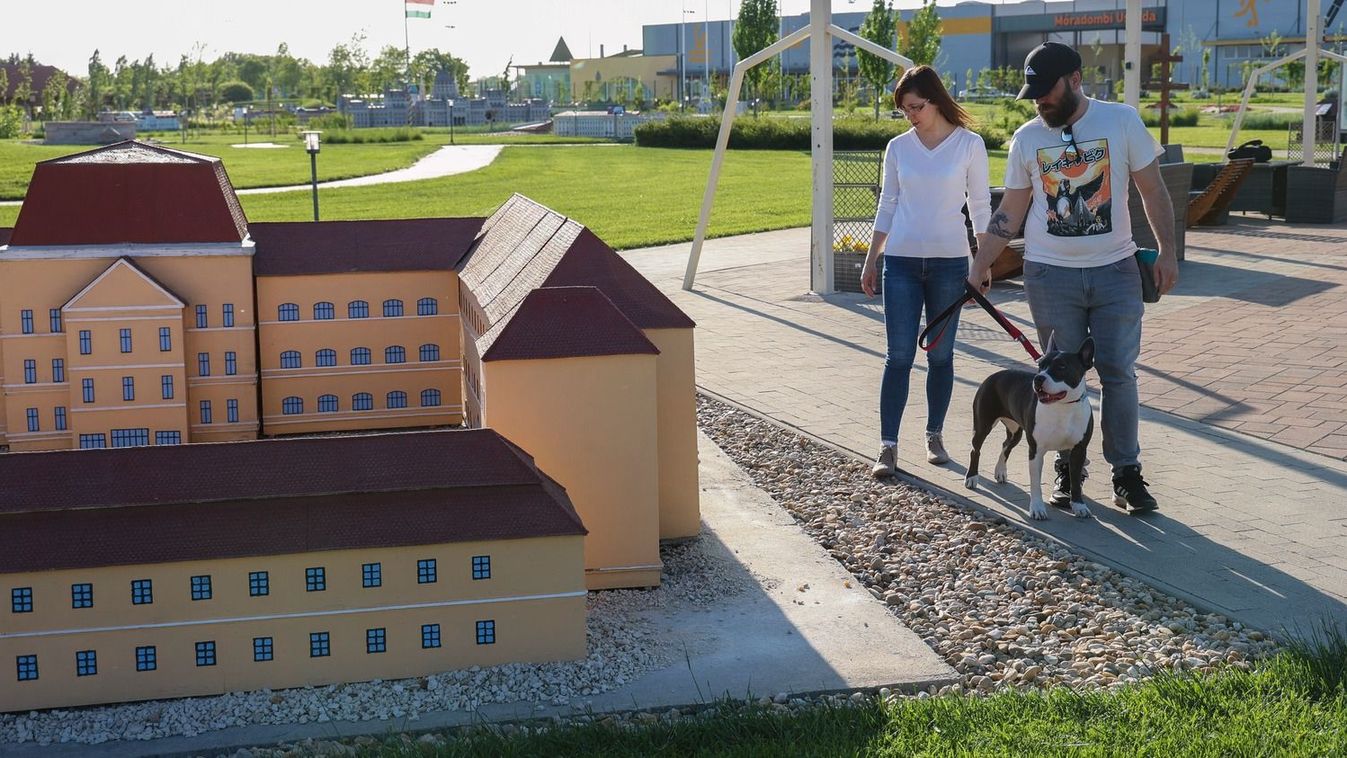In addition to scientific research, Hungary is helping in the successful implementation of the mission by building tools, Ursulja Ferenc told public media before the meeting. As he said:
The purpose of the mission is to discover for the first time in human history whether there are traces of materials in the atmospheres of exoplanets that indicate the presence of some form of life there.
As he said, Hungarian researchers and engineers are also involved in the implementation of the international programme, including employees of the Konkölé Theg Miklós Institute of Astronomy of the Research Center for Astronomy and Earth Sciences HUN-REN, as well as ADMATIS Kft.
More than 1000 celestial bodies are studied
The purpose of the consortium meeting in Budapest is to provide interested parties with scientific insight into the Ariel space mission. Ursualia Ferenc said that with the help of London and other partners from international space agencies, researchers participating in the program will report on the results so far. The European Space Agency’s (ESA) science mission, Ariel, will launch in 2029
During its 4-year mission, it will observe 1,000 planets orbiting distant stars at visible and infrared wavelengths to study their formation and evolution.
The science mission will measure the chemical composition and temperature of exoplanetary atmospheres for the first time, thus enabling planetary research beyond the boundaries of the solar system.
As part of the Hungarian contribution, ADMATIS Kft, as leader of the Hungarian team, will deliver equipment for the space telescope and equipment for Ariel’s construction and ground logistics missions. A special cooling radiator is also installed in the spacecraft, which precisely regulates the temperature of important instruments inside the satellite, usually the detector and electronics.
In addition, the Hungarians will prepare various assembly frames, positioners, and racks to be used for assembly in England from the equipment remaining on Earth, as well as three containers in which the space telescope will be transported overland across Europe. This ensures the correct temperature and vibration-free environment for the satellite worth hundreds of millions of euros in clean room conditions.
The contribution of government-supported galactic instruments through PRODEX payments sent to ESA is professionally coordinated by Robert Szabo, Director of the Konkoli Thej Miklos Institute for Astronomy of the Astronomy and Earth Sciences Research Center HUN-REN, according to background materials released. For the event.
Hungarian researchers also participate in scientific working groups.
In addition to examining the atmospheres of exoplanets, these efforts aim to better understand the work and activity of the parent stars of the respective planets, and to compile, improve and complete the target list.
The Arielt Development Consortium includes 600 researchers and engineers from more than 50 institutes in 16 ESA member states – the United Kingdom, France, Italy, Poland, Belgium, Spain, Austria, Denmark, Hungary, Portugal, Ireland, Czech Republic, Netherlands, Norway. Sweden and Estonia are members, and NASA, JAXA and the Canadian Space Agency have also recently been confirmed to participate. Hungary has been part of the Ariel Union since the beginning of 2018.





















![Fera: The Sundered Tribes will also be released on consoles [VIDEO]](https://thegeek.hu/wp-content/uploads/sites/2/2024/05/thegeek-Fera-The-Sundered-Tribes-1.jpg)




















